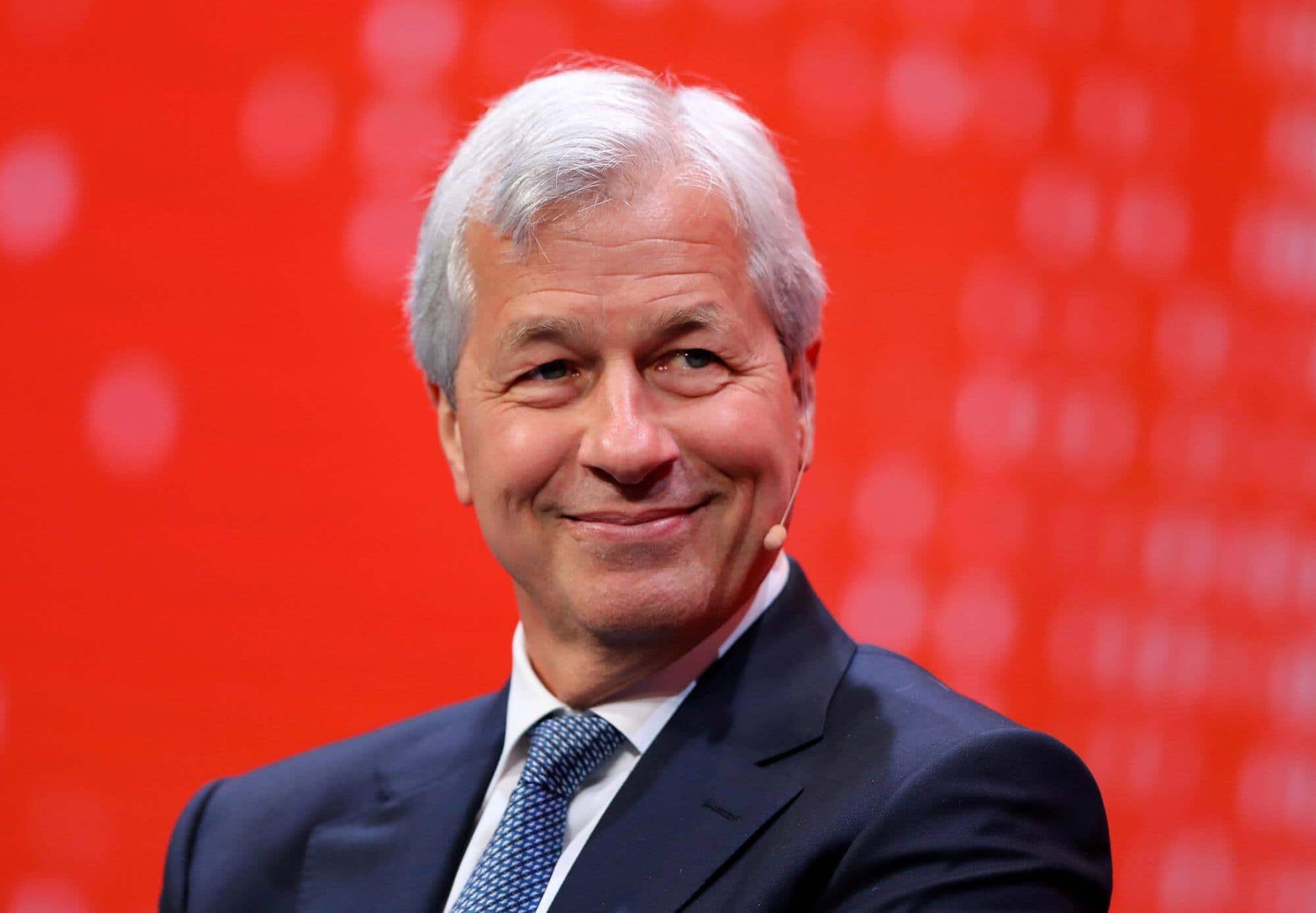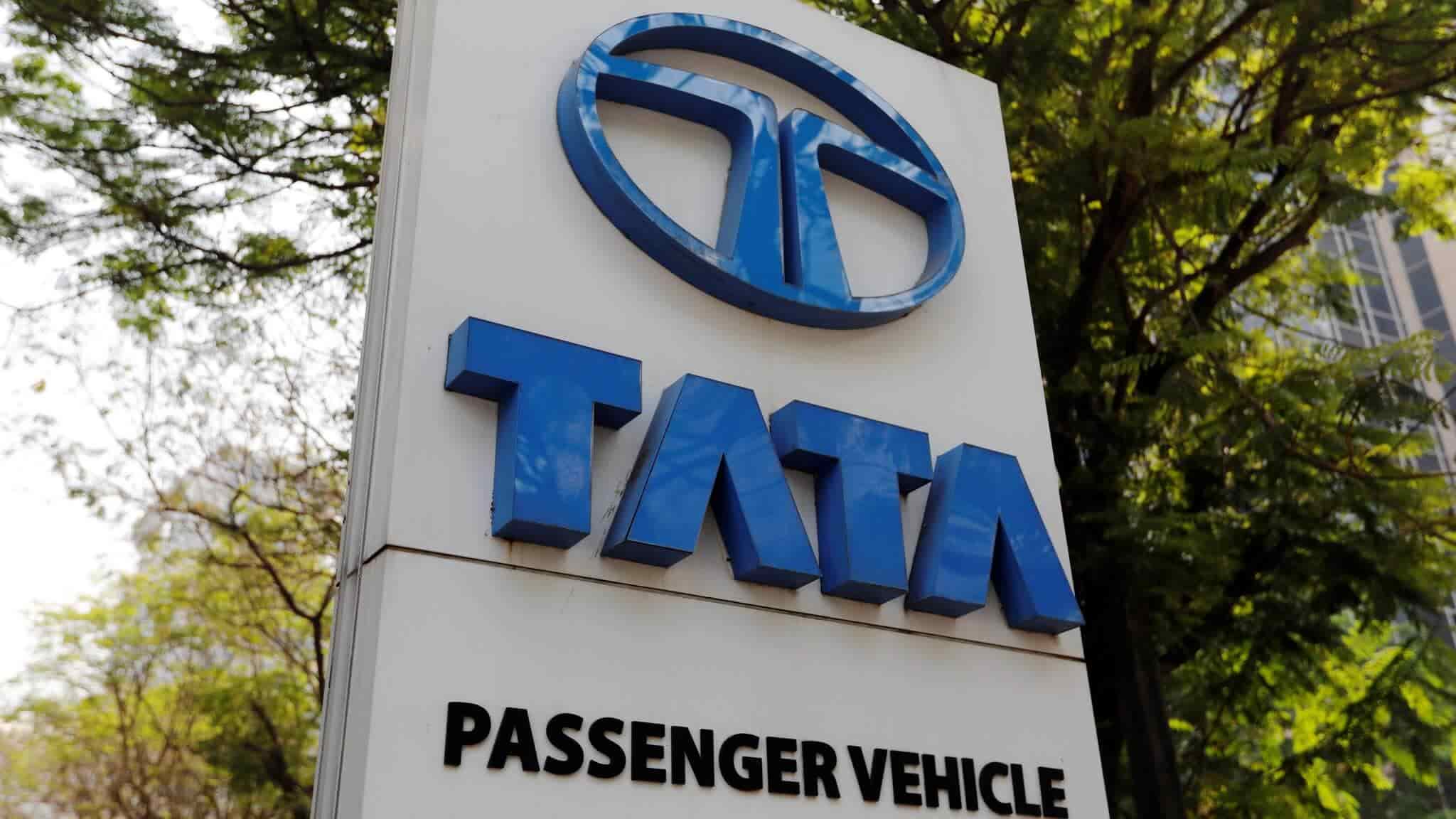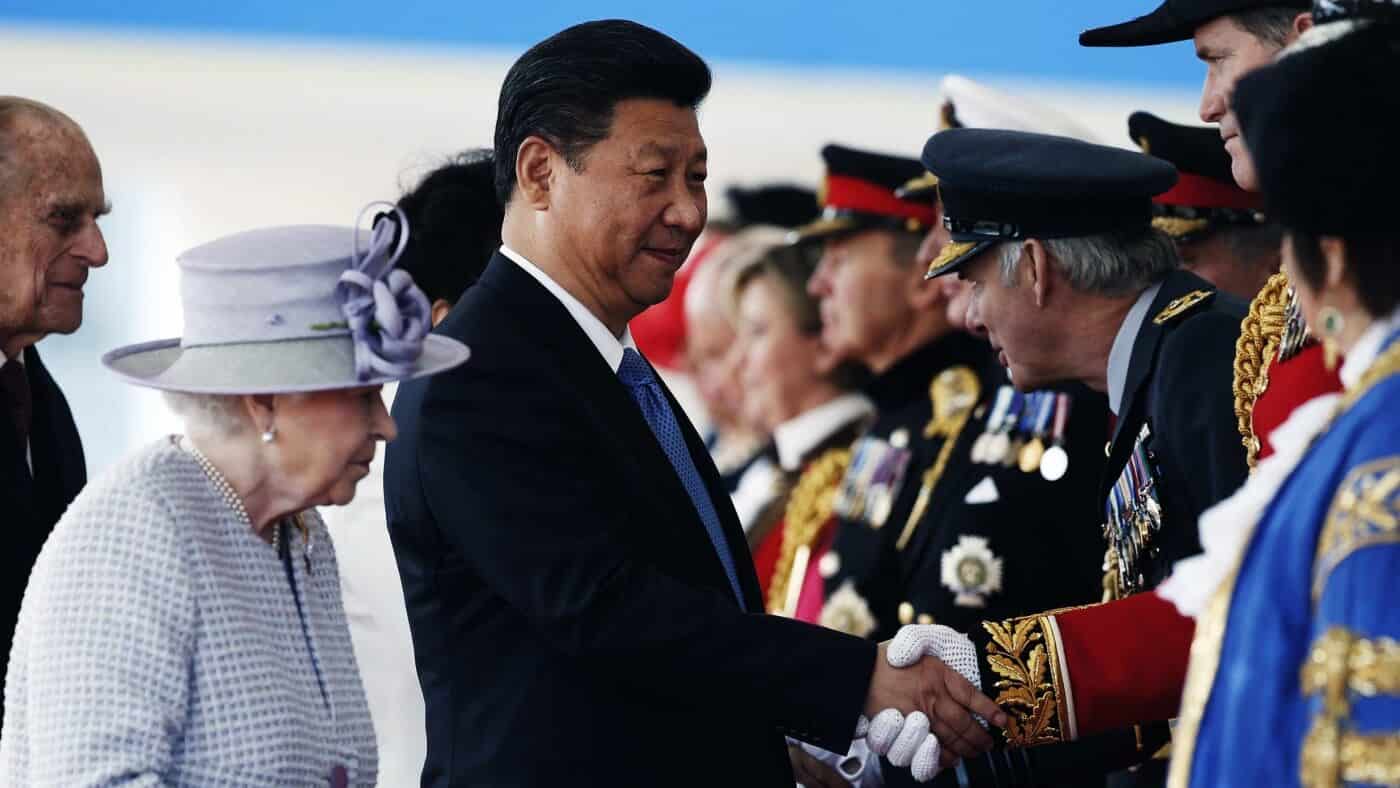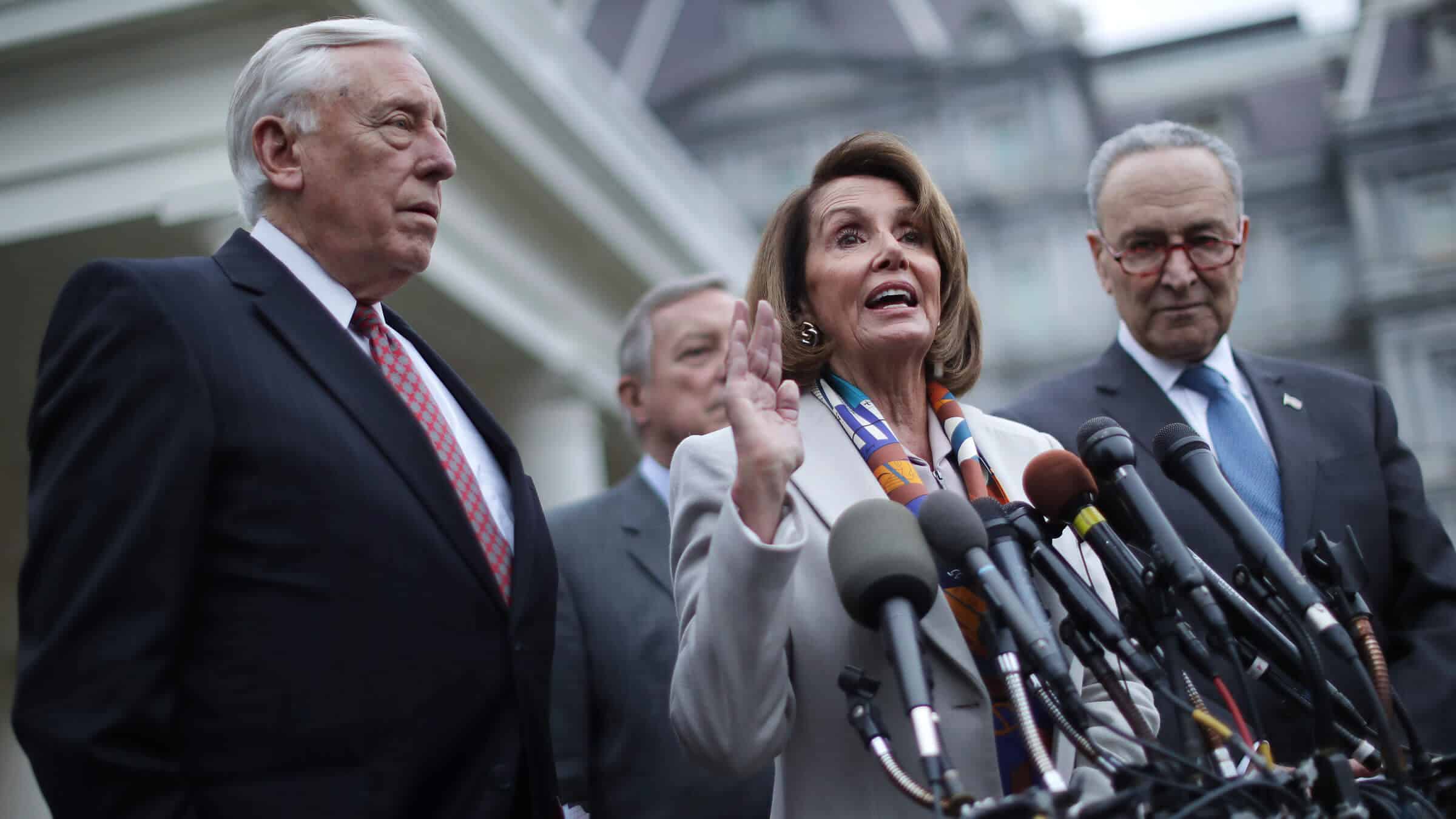The $340 billion banking giant, JP Morgan launched a stablecoin called JPM Coin. Industry experts have foreseen the stablecoin to thrash Ripple in the long run.
Co-host of Bloomberg’s What’d You Miss? Joe Weisenthal said, “If it turns out that the blockchain framework turns out to be a good one for banks transferring money around, then the JPM Coin should entirely obliterate Ripple.”
Weisenthal started his argument with the premise of blockchain becoming a more effective way of moving money for banks. With that, he states it would be more reasonable for banks to use the JPM stablecoin than to use Ripple’s XRP. The suggestion that the XRP cryptocurrency might be obliterated is hinged on the fact that Ripple counts on regulated institutional customers.
The argument was further reinforced with the exchange rate volatility risk associated with using XRP as a bridge currency. He suggests that the fiat-backed JPM coin sounds to be far more appropriate for the customer-base Ripple is targeting.
The Ripple blockchain network is an advanced payment infrastructure for cross-border transactions used by banks and financial institutions to send and receive payments with low costs and faster clearing time. For more details visit https://www.ripplenews.world
The JPM coin can be considered as a form of short-term credit that is moved instantly. However, the underlying transaction goes through the settlement process. Also, when the actual money goes through, the coins are destroyed, as the funds replace them. Hence, the JPM coin may not be in direct competition with other cryptocurrencies but might steal the entire target market of Ripple.
RippleNet and XRP serve as the primary tools on the Ripple blockchain network. Any valuable settlement requires liquidity. However, on a banking network, the cash comes directly from many banks, which exists on the network.
Ripple had its vision clear in establishing partnerships with both banks and fintech service providers throughout the past several years, mainly to improve the liquidity of the network.
The CEO of JP Morgan has made notable remarks in the past about the blockchain trend, saying Bitcoin is a fraud at one point. However, JP Morgan seems to be leading the charge of the banks into blockchain.
The primary concerns of the industry’s executives and experts for the growth of XRP are that if JPMorgan uses JPM Coin to settle payments between its clients, then as the bank said, it will eventually put XRP in competition with JPM Coin directly.
Speaking to CNBC, JPMorgan’s blockchain projects head, Umar Farooq said that JPM Coin would have three core use cases and the primary use case is international payments for corporations.
Ripple CEO Brad Garlinghouse said the technologies banks use today was developed by Swift decades ago and hasn’t evolved since then or kept up with the market. Swift quoted that not so long ago that he didn’t see blockchain as a solution to correspondent banking.
Technically, JPM Coin and Ripple have the same use, targeting the same market, and are both battling to take hold of the SWIFT network.
JPMorgan would “wipe the floor with Ripple,” emphasizing that banks would instead use a technology developed by banks rather than a company outside of the traditional financial sector, said Tushar Jain, a general partner at Multicoin Capital.
Some stakeholders in the crypto space have weighed in their opinion on the matter, questioning the purpose of the XRP coin going forward. Tushar Jain, a managing partner at Multicoin Capital, stated that banks would not allow Ripple Inc. to become enriched by using XRP for settlements. He went further to hint that other banks will produce their form of coin like JP Morgan just did.
While this development brings institutional legitimacy to the blockchain industry, it remains to be seen how cryptocurrencies like Ripple’s XRP will navigate this new trend and stay relevant.









